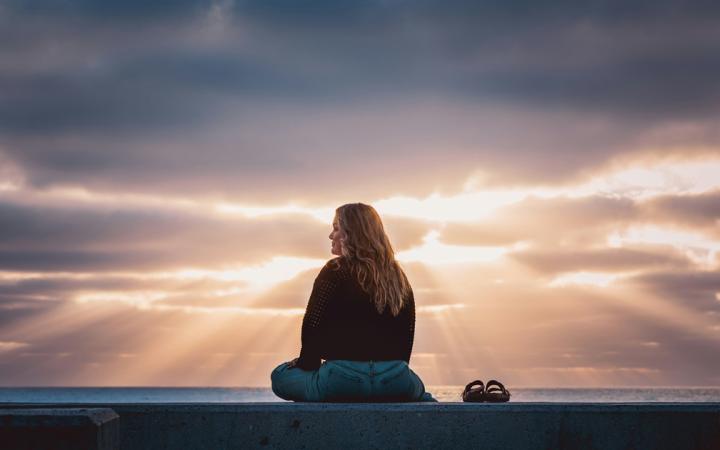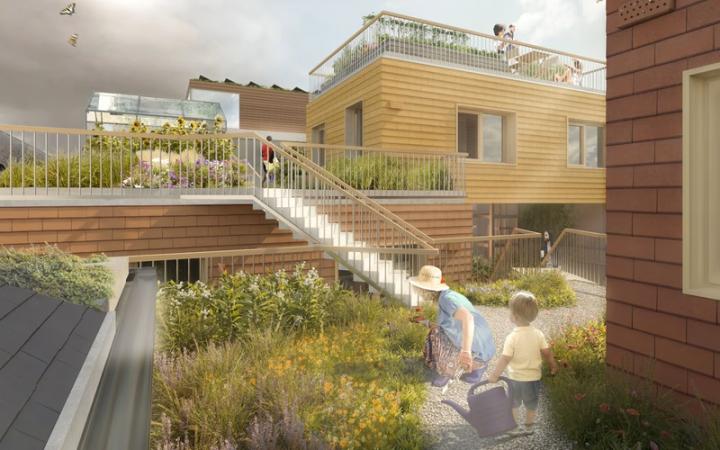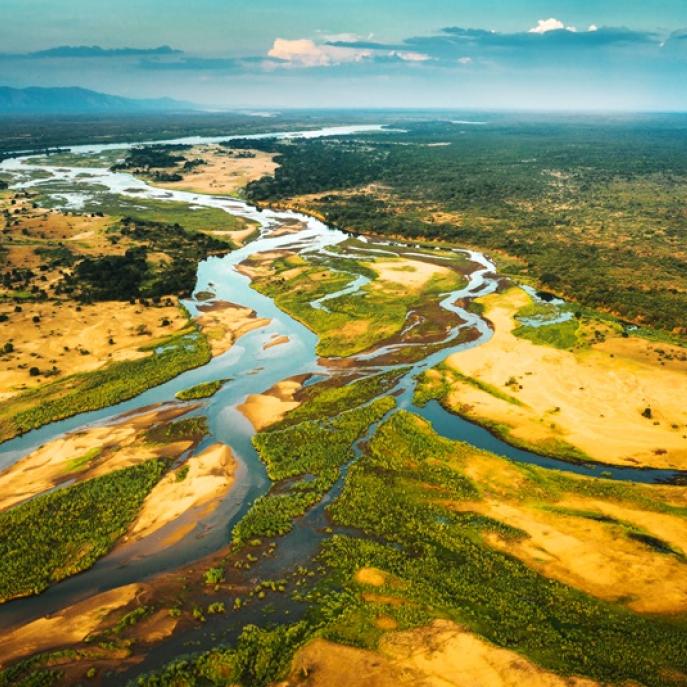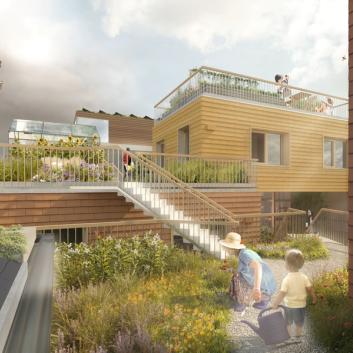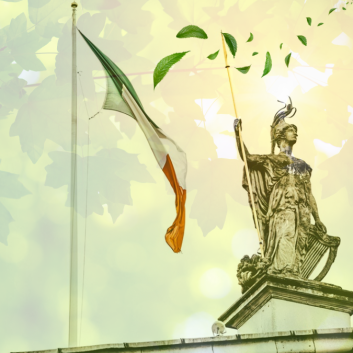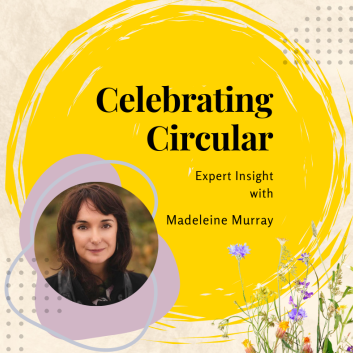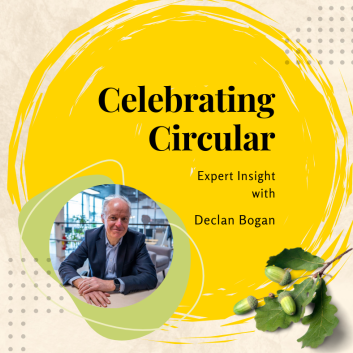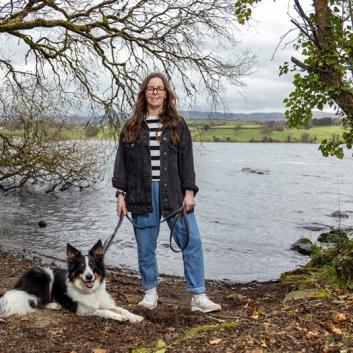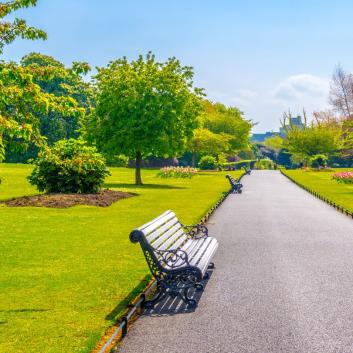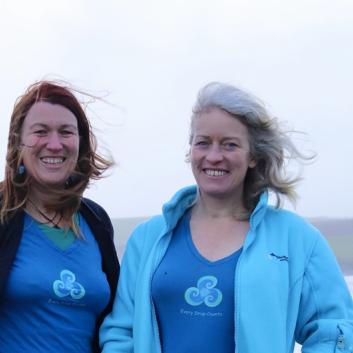Meaningful local climate actions spotlighted in UNDP`s new campaign
The Climate Action Explained new video series was launched by the UN Development Programme (UNDP) to take viewers on a world tour featuring viable and scalable climate solutions from all corners of the world to spark action.
The four episodes available on YouTube, hosted by UNDP’s Goodwill Ambassador and actor Nikolaj Coster-Waldau, cover specific topics representing high-demand and high-opportunity areas of impactful and ambitious climate action.
They focus on how forests can help fight climate change, sustainable energy, climate adaptation and youth inclusion, featuring solutions from 12 countries across five continents, including Cambodia, Ghana, Georgia, Egypt, Panama, Uruguay, and Zimbabwe.
“The climate crisis can feel overwhelming and scary, but we do have the solutions we need to address this challenge head-on,”
said Cassie Flynn, Global Director of Climate Change at UNDP, regarding the campaign.
She added that “what we now need is to boldly scale up these solutions, together.”
In the climate adaptation episode, a citizen of Tuvalu, a country comprised of nine islands in the South Pacific, illustrates the devastating impact of flooding, which has damaged the homes of many community members living in more exposed areas.
Finance Minister of Tuvalu Seve Paeniu says the only way for his country to protect its shores and people is to reclaim land, build upwards, and rehabilitate the coastal foreshore, which they started to work on in their capital city.
The case of Tuvalu serves as a chilling preview of the challenges many coastal nations will face as sea levels continue to rise due to climate change, reinforcing the urgency of finding effective adaptation strategies.
The journey takes viewers further to Kenya, where water scarcity is an everyday battle – another issue already affecting many people worldwide.
Yvonne Nyokabi, UNDP Kenya Project Officer, explains that involving local communities and harnessing their knowledge is crucial in finding viable adaptation strategies while ensuring the livelihood of these communities.
Another well-known topic that still lacks mainstream solutions, explored in the Climate Action Explained video series, is “How do forests help fight climate change?”
Local voices from Ecuador share the fact that they lost over 60 per cent of their forests due to agriculture and other activities, which caused environmental damage and provoked social challenges involving indigenous tribes
The Life Plan program that is implemented there supports local people in making informed decisions about managing their environment and lives in a way that restores and protects natural habitats while allowing them to stay connected with their heritage and make a living.
Deforestation is far from being an isolated issue, and Ghana is one of the many countries facing this challenge.
The campaign spotlights how they are working to restore and protect over 300,000 hectares of land to maintain sustainable forestry management that would help not only people now but also generations to come.
Finding clean energy sources is a top priority in making a low-carbon economy a reality, and the “What does clean energy look like?” episode highlights challenges alongside available scalable solutions.
In the series, the need for electricity is showcased through a hospital in Zimbabwe that requires access to energy 24/7 to meet the needs of its patients and save lives.
This hospital and hundreds of other facilities have benefited from the “Solar for Health” program, which provides solar panels to generate electricity and lower emissions.
The campaign also emphasises the importance of including young people in climate action, as they will be the ones dealing with the impacts of climate change.
An example from Georgia features a youth inclusion project that trains Young Climate Ambassadors through a program encouraging participants to implement small-scale but impactful projects in their local communities.
This can be as simple as bringing attention to underutilised parks to inspire people to reconnect with nature and enhance their overall well-being.
Additionally, case studies from India and Panama point out the vital role of education and making information accessible to youth of all ages, highlighting that this is not at all evident to be included in state-provided educational programs.
The Climate Action Explained video series is part of UNDP’s efforts to ignite public conversation and mobilise action on climate change ahead of the COP30 climate negotiations, which will be held in Brazil in 2025.
“By presenting the solutions already available in developing countries around the world, Climate Action Explained aims to show that meeting climate targets is possible if we set the right priorities and deliver the right support – from climate finance to knowledge to technology - needed to implement them,”
says Mehmet Erdogan, Communications Lead at UNDP Climate Hub.
He adds that depending on the interest and support in this trailblazer video series, the organisation hopes to produce more episodes in the future, as there are many more stories to tell and issue areas that are demonstrating impact.
The video series is also underpinned by the work of UNDP’s flagship initiative, Climate Promise, and the newly established UNDP Climate Hub, which delivers the UN Systems’ most extensive portfolio of support on climate action in nearly 150 countries worth over $2 billion in grant financing.
Headline image: Getty Images



